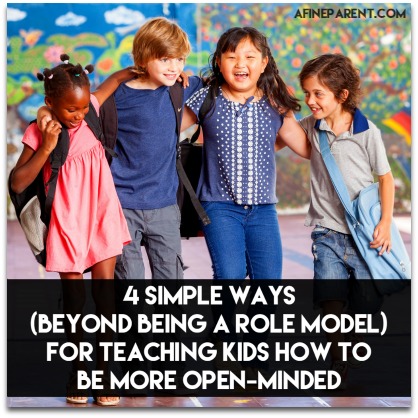 Have you ever tried to lead by example with your kids…and totally failed?
Have you ever tried to lead by example with your kids…and totally failed?
I sure have!
While on vacation recently, we attended a breakfast to meet an esteemed colleague of my husband’s. They have an adult daughter with significant disabilities. After speaking with the mom for a while, I called my 5 year old daughter over to say hi.
But the minute she saw this woman in the wheelchair, she hid behind my legs. I tried to pry her fingers from me and make her say hello, but she refused.
You could see the fear in her eyes. And I was mortified.
Here her father and I have devoted our lives to loving people with special needs and their families. To encouraging their parents and siblings. To spreading awareness about their abilities versus their disabilities.
And my own daughter was scared.
All she saw were the differences. The wheelchair. The drooling. The erratic movements.
I thought I was a decent role model and was leading my daughter by example. That she had watched me interact with all the students with special needs at my job and the way we accept and love all the kids with special needs at my husband’s work. I thought that our strong example would set the tone for her own response when it came to interacting with people with special needs.
Isn’t that what we are supposed to do as parents? Lead by example?
Maybe. But sometimes just being a role model is not enough.
Sometimes it’s the conversations that make the difference. That drives home the point. That allows the other person to ask questions, to explore their own doubts and fears and judgments. To bring to light topics that might otherwise remain hidden.
Thankfully, there are practical ways we can teach our children how to be more open-minded and choose to be inclusive. Here are 4 that have worked for me –